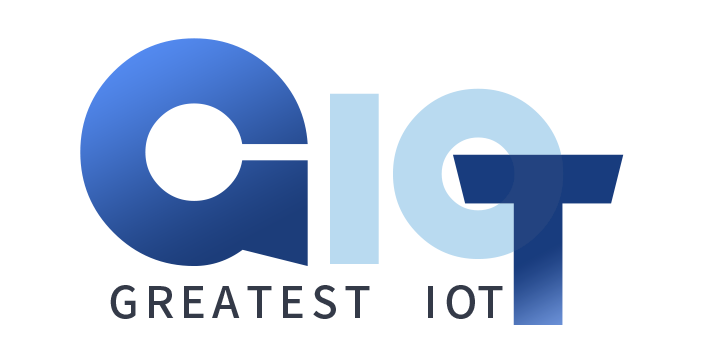With advances in technology, RFID is being increasingly used in all areas of the retail industry as a means to making business easier and more efficient for vendors. Since it identifies specifically targeted objects and wirelessly reads and/or writes associated data without contact or visual recognition, it is thus endowed with great potential application in the retail industry. There are five main uses of the RFID tag in the retailing sector.
RFID technology enables retailers to follow inventory items right from their location to number on hand at any given time. By attaching RFID tags to products, traders are able to quickly know how much they have, therefore enhancing their inventory management function and minimizing losses due to understocking or overstocking.
This technique helps traders utilize automated replenishment systems. The latter will be activated automatically by the system as soon as its stock drops below a certain limit ensuring that there are always some goods on shelves.
Electronic access control system uses RFID tags as anti-theft devices which can detect unauthorized movements of products. When a product is moved out of such outlet unlawfully, an alarm will sound through an Access Control System so that they may be immediately detected and prevented from stealing.
During transportation or storage, goods can be monitored using RFID tags with respect to real-time location and status so as not to be damaged by collision or fall etc.
At checkouts, RFID technology increases efficiency greatly when checking out customers. Customers only put items with RFIDs on cash registers; the latter reads information about commodities automatically together with calculating prices thereby eliminating monotonous scanning of goods one after another during purchases.
Based on what people bought, along with their accompanying RFID tag data; sellers can comprehend customers’ shopping preferences and habits while recommending suitable products for them hence increasing customer contentment plus loyalty rates.
RFID tags could also be fixed into product packages or transport containers for monitoring logistics information on real-time basis. This way sellers understand timely delivery status & where goods are throughout transport.
Retailers can gather and analyze RFID tag data in order to determine inventory requirements for various regions and sales channels, thereby enabling them to optimize the distribution of inventory.
Real-time sales information such as units sold, dollar amount of sales, and time of sales can be kept by the RFID system. By analyzing these data, retailers can understand the sales trends of goods and changes in customer demand, and provide decision support for product pricing, promotion strategies, etc.
By aggregating customers’ RFID tag information carried by customers , marketers are able to understand clients’ purchase habits; preferences; loyalty among others. This data help sellers generate more targeted marketing plans hence improving the level of satisfaction & hence loyalty from buyers.
To sum up, RFID technology in the retail sector has vast prospects and potential. It is anticipated that RFID technology will introduce more novelties and alterations to the retailing industry as technology keeps growing and improving.

Copyright © ©Copyright 2024 Greatest IoT Technology Co., Ltd all rights reserved - Privacy policy